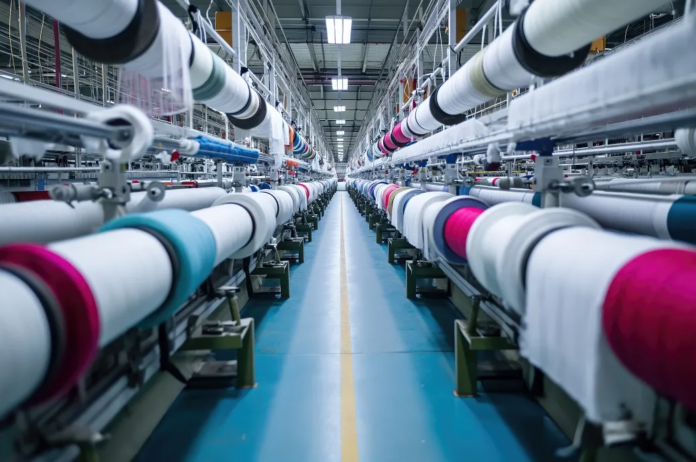The government is preparing a five-year Textiles and Apparel Policy aimed at making Pakistan’s textile sector more competitive in the region, reducing trade barriers, and promoting sustainable export growth, Commerce Minister Jam Kamal Khan said on Friday.
He added that a National Industrial Policy is also being developed to strengthen long-term export potential and integrate Pakistan’s manufacturing sector into global value chains. Both policies are designed to improve competitiveness and address structural inefficiencies.
The minister made the remarks during a meeting with leading industrialists, including Kohinoor Mills CEO Aamir Fayyaz Sheikh, Aptma Chairman Kamran Arshad, Fazal Cloth CEO Rehman Naseem, and Aptma Executive Director Shahid Sattar. Special Assistant to the Prime Minister on Industries and Production Haroon Akhtar Khan also attended.
According to an official statement, Jam Kamal said the Textiles and Apparel Policy will focus on lowering manufacturing costs, enhancing productivity, promoting research and development, diversifying products and markets, and increasing Pakistan’s share in global trade.
He emphasised that boosting exports is a priority for Pakistan and assured stakeholders that policy decisions would be made in consultation with industry representatives. For the first time, he noted, the government and industry are aligned on strategies to revive and expand exports.
The minister welcomed Aptma’s proposal to examine policies of regional competitors, citing Bangladesh’s progress in industrial growth and ready-made garment exports, which he observed during a recent visit to Dhaka.
Special Assistant Haroon Akhtar said the National Industrial Policy will cover all industrial sectors, addressing energy, tariffs, taxation, financing, and economic zones. The policy will also support Greenfield projects, introduce land-lease models through public-private partnerships, and establish a one-window facility for investors.
The Aptma delegation urged the government to remove structural inefficiencies and create an enabling environment to strengthen the competitiveness of export sectors.
The meeting ended with both sides expressing optimism that coordinated policy support and collaborative efforts would lead to sustained growth in exports.




